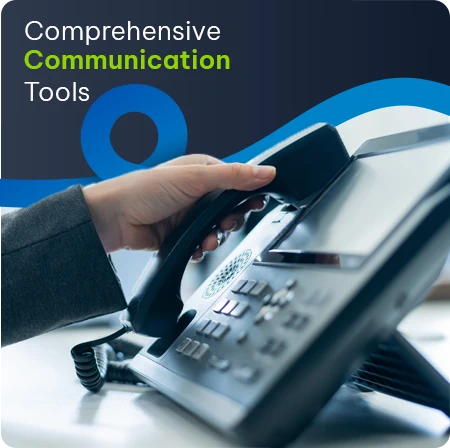Edge computing is more than a weighty IT terminology; it is the very tip of productivity and data ingenuity that can energise every organisation’s IT strategy
There are several definitions of edge computing. IBM places it as ‘placing workloads as close as possible to the edge – to where data is being created and actions are occurring; Accenture as an ‘emerging computing paradigm which refers to a range of networks and devices at or near the user’. Both place data at the forefront of the edge conversation. It is data, says Craig Allen, Manager: MIT Advisory at Vox, that needs to sit close to the user and has to become faster, better, more user-friendly and more accessible than ever before and that is why edge computing needs to form part of every IT strategy.
“Edge computing is also a critical factor for data-hungry applications like enterprise resource planning (ERP) systems, artificial intelligence (AI), and business intelligence (BI) systems where the business is processing high volumes of intense data,” he adds. “If the processing of these platforms and systems is close to the user, it not only speeds up access and value to data delivery, but it ensures that the business is poised on the very precipice of competitive productivity.”
However, edge computing as an IT strategy raises numerous questions. For smaller to medium-sized companies, there’s the question around storage. Would they need to rebuild their data centre or repurpose what their data centre can do? Would they need to invest in colocation options that would place data and infrastructure into an external network infrastructure? What kind of infrastructure would the business need to truly see the benefit of edge computing and what are the implications? Edge computing is a viable model but value will only be felt if there is a clear understanding of the environment and how this will influence or impact business.
“Regardless of business size or sector, infrastructure has to be capable of meeting edge compute expectations,” Allen. “If connectivity is poor and patchy, productivity will decline. If resilience and robustness aren’t built in, then the risks increase. Imagine an outage wiping out essential data across finance, for example – this would be devastating for the business. So, to really shape the edge compute conversation, it is important that organisations have a clear strategy that’s fit for purpose and meets the needs of those who are actually using it.”
One of the key considerations is which model of operation to adopt – is it hybrid, on-premise, or public? And which hyperscaler is the right fit for the business – is it AWS, Google or Azure? Then, you have to ask what level of business is set to be migrated to the cloud. There has to be a clearly defined balance within cloud operations that ensures the line of business has a line of sight into where the cloud will reside and what value it will deliver. The implementation has to be right for the business and allow for it to evolve alongside the expectations of a modern organisation. It must be remote/hybrid working ready, it needs security, it has to support collaboration, and it has to give the organisation all the tools it needs to play its part in the digital economy.
“It’s worth unpacking all these considerations prior to crafting a relevant IT strategy as the answers will help you to really define what you expect from your network so you can architect it accordingly,” says Allen. “By adopting this strategy, you are building for your business rather than building to meet the hype.”
Your IT strategy should also include where the business plans to store and restore its mission-critical applications. In a country where power outages are the norm, this level of attention to detail is essential as it will ensure that your data-hungry applications and users are provided with the right levels of infrastructural support to maintain service delivery and uphold the end-user experience. Don’t architect the edge to fit within the global idea of what this compute looks like, architect it to fit within the limitations of South Africa because this environment is different from anywhere else in the world. Architect for resilience and functionality that can handle uncertainty.
“To fully realise the potential of edge compute and build a truly dynamic IT strategy, you need to answer all the questions outlined here, plus: what is your work-from-home strategy, what is your long-term digital strategy, and how can you introduce next-generation efficiencies that mitigate costs and deliver return on your investment. These questions will help shape your strategy and gain clarity into your business and thereby avoid unnecessary costs or failure.”












